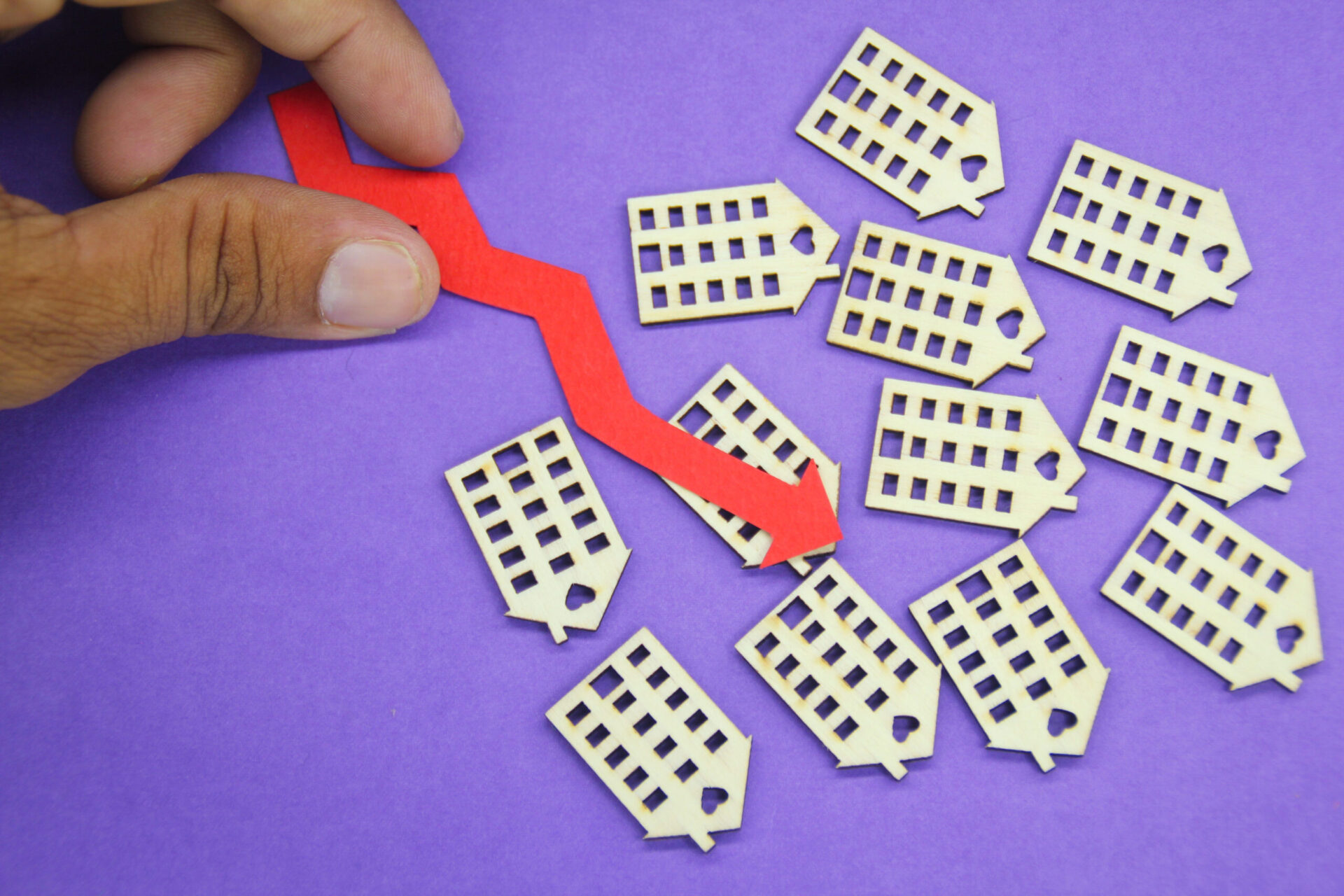Home price drops are up more than 95% from last year as the market cooldown continues into fall, according to HouseCanary’s latest Market Pulse report.
The report compares data between August 2021 and August 2022 and is an ongoing review of insights from HouseCanary’s platform.
The data shows that the monthly nationwide supply continues shrinking as interest rates increase. Combined with seasonal slowdown after the spring and summer buying seasons, net new listing volume and contract volume fell YOY across all price points.
“The nationwide supply shortage accelerated by the Fed’s rate hikes and economic concerns persisted through the end of the summer despite a slight increase in inventory back in June,” said Jeremy Sicklick, Co-Founder and Chief Executive Officer of HouseCanary.
“Decelerating price growth, decreasing sale-to-list ratio, and an increase in median days on market are all indicators of a potential market normalization as both buyer and seller activity continue to cool down.”
Annual home price growth saw its largest single-month drop since 2011 in July, and more than 85% of U.S. markets have now peaked.
Listings were down 6.4% YOY in August, with both lower-priced (-25.4%) and middle-priced (-15.3%) homes seeing the biggest drops.
Net new listings in particular were down 29.2% YOY.
“More and more would-be buyers are holding off on making offers as raised rates amplify perceptions of unaffordability. In response to the decreased demand, sellers are cutting listing prices or dropping out of the market completely, suggesting we may see the market shift in buyers’ favor as we head into the fall,” Sicklick said.
High interest rates are putting pressure on the housing market, which has seen both buyers and sellers back off as the cost of buying a home rises. Affordable-housing developers are stalling work on new projects, delaying thousands of units from coming to market, as rates increase the cost of their financing.
Because affordable-housing developers can’t rely on rent increases to make up for costs, they’re having to find additional funding before moving projects forward.
Aaron Pechota, executive vice president of development and head of affordable housing at the NRP Group, told the Wall Street Journal that affordability struggles will worsen down the line thanks to today’s delays.
“It will become much bigger in two years when delivery numbers drop significantly based on the lack of starts today,” he said.
